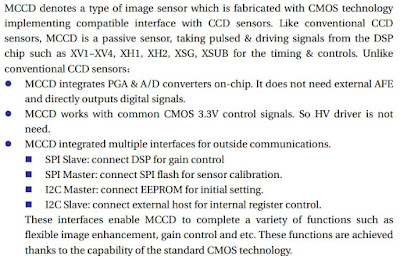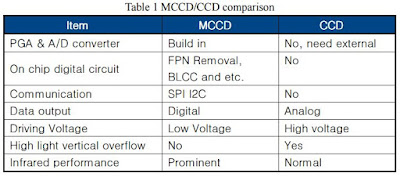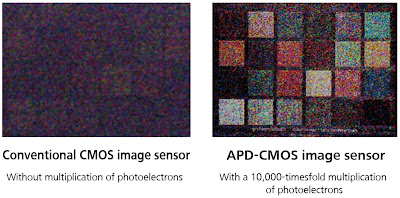PRNewswire: OmniVision announces the OV2744, a 1.4um PureCel sensor featuring its second-generation RGB-Ir technology which delivers quality IR output without compromising RGB images. The OV2744 targets biometric applications such as facial recognition for front-facing cameras in notebooks, tablets and smartphones.
"Notebook and mobile device OEMs have traditionally relied on two-camera solutions for image capturing and facial recognition functionalities," said Arun Jayaseelan, product marketing manager at OmniVision. "The OV2744 is capable of delivering both premium RGB imaging and high quality IR information required for biometric and other emerging IR applications. The OV2744 thus gives OEMs the opportunity to move to single camera solutions, thereby reducing cost and space requirements for their devices."
The OV2744 is said to have less color aliasing than competing RGB-Ir sensors that are currently available in the market.
The OV2744 captures 1080p video at 60fps while consuming less power than any other 1080p sensor currently on the market. The 1/6-inch OV2744 supports full frame staggered high dynamic range and features an ultra-low power mode, which reduces the resolution and frame rates to conserve additional power.
The OV2744 is currently available for sampling and is expected to enter volume production in Q1 2016.
"Notebook and mobile device OEMs have traditionally relied on two-camera solutions for image capturing and facial recognition functionalities," said Arun Jayaseelan, product marketing manager at OmniVision. "The OV2744 is capable of delivering both premium RGB imaging and high quality IR information required for biometric and other emerging IR applications. The OV2744 thus gives OEMs the opportunity to move to single camera solutions, thereby reducing cost and space requirements for their devices."
The OV2744 is said to have less color aliasing than competing RGB-Ir sensors that are currently available in the market.
The OV2744 captures 1080p video at 60fps while consuming less power than any other 1080p sensor currently on the market. The 1/6-inch OV2744 supports full frame staggered high dynamic range and features an ultra-low power mode, which reduces the resolution and frame rates to conserve additional power.
The OV2744 is currently available for sampling and is expected to enter volume production in Q1 2016.





















